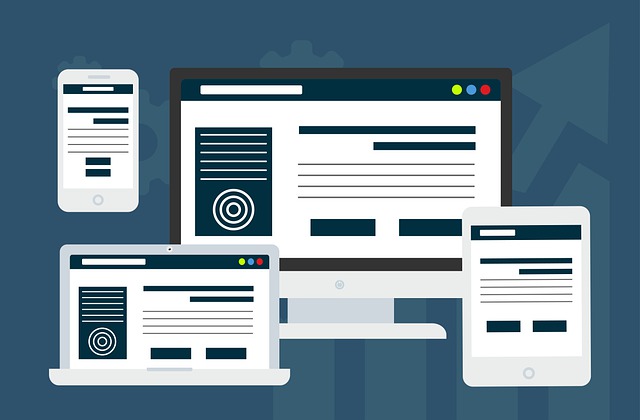In today's digital age, having a website is crucial for businesses of all sizes. However, simply having a website isn't enough. Your website needs to be responsive, meaning it can adjust to different screen sizes and device types. In this blog post, we'll explore why responsive design is so important for your website, and how it can benefit your business.

What Is Responsive Design?
Responsive design is a design approach that allows your website to adjust to different screen sizes and device types, such as smartphones, tablets, laptops, and desktops. This is accomplished by using a flexible grid system and CSS media queries to adjust the layout, font sizes, and images based on the device being used to access the website.
Why Is Responsive Design Important?
1. Improved User Experience
With the increasing use of mobile devices, it's more important than ever to ensure that your website provides a positive user experience on all screen sizes. If your website isn't responsive, users may have to zoom in and out to read text or navigate your site, which can be frustrating and lead to a high bounce rate. A responsive design ensures that your website is easy to navigate and read, no matter what device is being used.
2. Increased Mobile Traffic
According to a report by Statista, mobile devices accounted for over half of all website traffic worldwide in 2020. If your website isn't optimized for mobile devices, you may be missing out on a significant amount of traffic and potential customers. By implementing responsive design, you can ensure that your website is accessible to users on all devices, increasing the likelihood of engagement and conversions.
3. Improved SEO
In 2015, Google announced that mobile-friendly websites would receive a ranking boost in their search results. This means that if your website isn't mobile-friendly, it may be penalized in search results, leading to a decrease in traffic and visibility. By implementing responsive design, you can improve your website's SEO and increase your chances of ranking higher in search results.
4. Cost-Effective
While creating a responsive website may require an initial investment, it can save you money in the long run. Instead of creating separate websites for desktop and mobile devices, a responsive website can adapt to all screen sizes and device types, reducing the need for separate development and maintenance costs.
How to Implement Responsive Design
If you're ready to implement responsive design for your website, here are a few tips to get started:
-
Use a responsive theme or template for your website platforms, such as WordPress or Shopify.
-
Ensure that your images are optimized for different screen sizes to prevent slow loading times.
-
Test your website on different devices and screen sizes to ensure that it looks and functions correctly.
-
Consider working with a professional web design company to ensure that your website is optimized for all devices and screen sizes.
Conclusion
In today's digital landscape, having a website that is responsive and mobile-friendly is essential for the success of your business. By providing a positive user experience, increasing mobile traffic, improving SEO, and reducing development costs, responsive design can benefit your business in many ways. If you're ready to take your website to the next level, consider implementing responsive design today.
And for those looking for a professional web design company to help implement responsive design on their website, Tecnosphere offers responsive design services as part of our web design package. Contact us today to learn more about how we can help optimize your website for all devices and screen sizes.